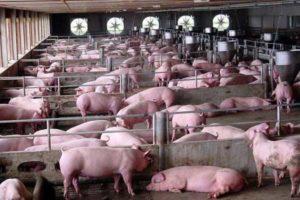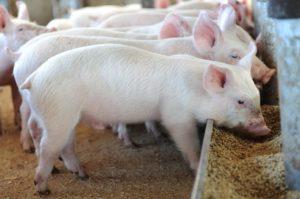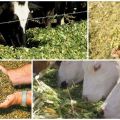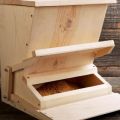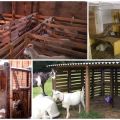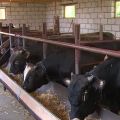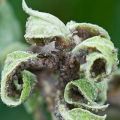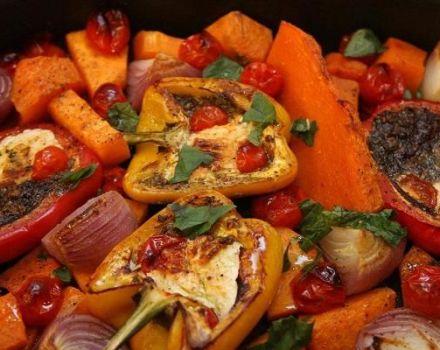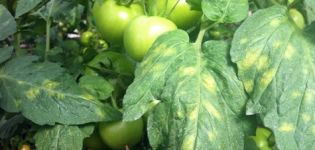How to give feed yeast for pigs at home and their types
A pig develops normally if it feeds correctly and in a balanced manner. The animal's diet should be mixed - natural feed is combined with various food additives. They contain a high concentration of minerals, vitamins, nutrients. Feed yeast for domestic pigs acts as a source of protein, fat, protein, dietary fiber and fiber. The product is used to accelerate the growth rate of pigs and improve their health.
What is feed yeast
Fodder yeast is a separate type of fungus. Each manufacturer uses its own technology for their cultivation, but mainly the usual technical type of yeast is used.
A nutrient medium is prepared for the mushrooms, which promotes their rapid reproduction and enrichment with minerals and vitamins. Mushrooms reproduce well in an environment rich in the following substances:
- lactose;
- glucose;
- acetic acid;
- mannose.
All components are contained in the remnants of fruit and vegetable products. After the mushrooms have multiplied, they must be collected, dried and ground into dust. The additive is combined with feed, given to pigs.

Pros and cons of using
Yeast feed has several advantages:
- The body of a piglet or an adult pig is enriched with minerals, vitamins that strengthen the skeletal structure, accelerate development, and increase weight gain.
- Regular consumption of cultured feed heals boars from sexual dysfunctions and sows from hormonal imbalances. This leads to increased farrowing, facilitating the process of childbirth.
- Feeding pigs with yeast feed is necessary to obtain viable offspring and increase farrowing. Lactating sows are able to provide their calves with sufficient milk, which reduces the cost of milk replacer.
The negative side of the cultivation of the yeast additive is considered the complexity of its manufacture, the need for a clear selection of dosage. For yeast production it is necessary to select a separate laboratory with a temperature of + 21 ... 25 aboutWith and a good ventilation system.

It is important to prevent the spread of fungi throughout the room; this requires regular cleaning and repairs. All these manipulations require additional financial costs.
You will also need labor or special mechanisms that will mix the yeast mixtures.
Varieties
There are several types of feed additives. They may be:
- Classic fodder - obtained from the remains of alcohol products.
- Hydrolytic - made from food and woodworking waste.
- Special concentrates - rich in protein and vitamins.Separate derivatives of oil products and ethanol are used as raw materials.
In the production process, they resort to the use of acetic acid and monosaccharides obtained from vegetable / fruit products. Cultivation of yeast is considered a complex technical process, but less money is spent on it than on the manufacture of compound feed.
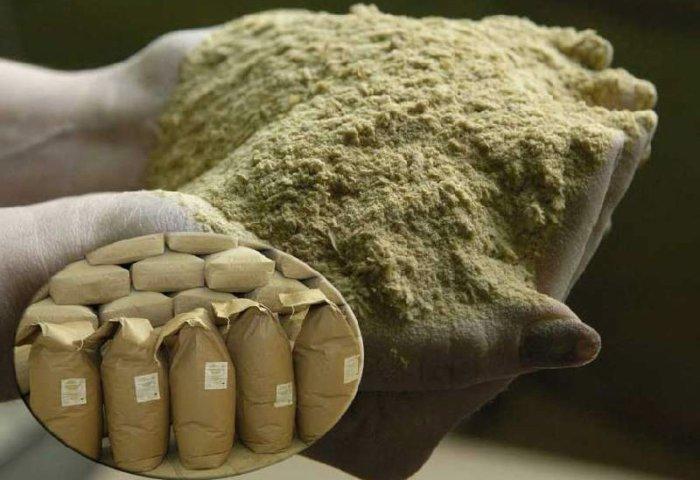
Feeding rates
The dosage for each animal is different, it depends on the subspecies and health of the animal. The correct dosage is essential to meet the individual needs of the pig. The rate is determined separately:
- Pigs fed to make bacon need to consume no more than 5.5% of the weight of the feed. This supplement is a quality alternative to skim milk.
- Little pigs fed with ethyl alcohol waste need to consume 11% of the total amount of food.
- Active breeding boars need to consume 350-650 g of feed yeast daily. They are necessary to enhance sexual activity, strengthen their reproductive function.
- Sows should be provided with a sufficient amount of mineral and protein supplements at the time of pregnancy. It is added to compound feed, given to the sow every day. The dose is determined from 11 to 20% yeast per daily feed rate. The product supports the pig's body, increases the number of embryos at the stage of cell division, strengthens the health of newborn piglets.
- Lactating sows need to consume 2.5-11.5% of the total feed dosage.

A yeast additive is allowed to be introduced into complementary foods for small pigs. It is added gradually so as not to provoke eating disorders and allergic reactions. Animals are given 100-150 g of the supplement daily, then the dosage is increased every 3 days.
How to give yeast to pigs
There is an instruction for mixing feed with yeast. This can be done in several ways:
- In the form of a dough. For this, boiled water (1 bucket), yeast (100-250 g), feed (3-4 kg) are taken. After stirring, the homogeneous mass is insisted for 5 hours in a warm place, periodically stirred. After 5 hours, the mass is mixed with food (10-15 kg), warm water (20-30 l).
- Kneading. To do this, mix the entire amount of feed, water and yeast. The liquid is mixed with an additional amount of water (30-35 l), infused for 10 hours.
- In the form of a leaven. The food is poured with water, stirred with yeast, insisted for 8 hours and occasionally stirred.
Feeding yeast at home helps to improve metabolic processes in pigs, strengthen their immunity, and increase body weight. The supplement saturates the body of animals with proteins, fats and carbohydrates. Yeast feed accelerates the growth and development of pigs, which leads to lower financial costs for their maintenance.
